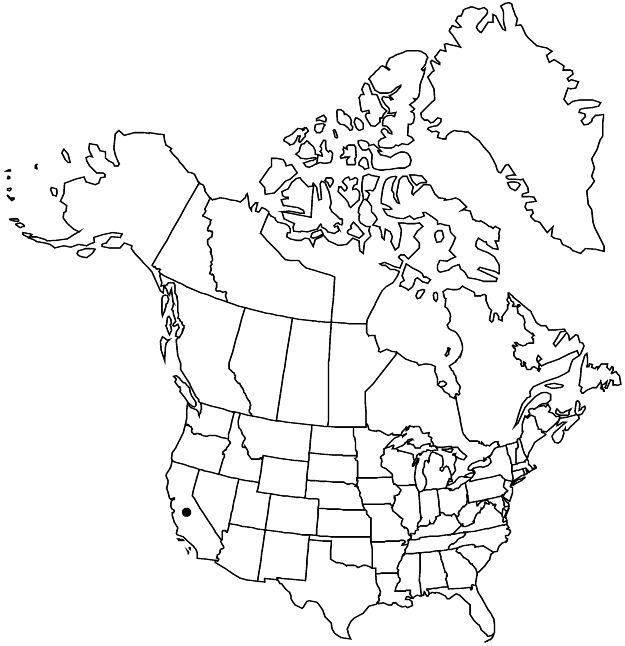Ivesia argyrocoma var. argyrocoma
Plants silvery; glands obscured. Stems prostrate to ascending, (0.3–) 1–2.5 (–3) dm. Basal leaves 4–8 (–10) cm; sheathing base sparsely to densely strigose abaxially; stipules lanceolate, 1–2 mm; petiole (0.5–) 1–3 cm, hairs abundant, spreading, (1–) 3–5 mm; leaflets 25–35 per side, tightly overlapping, (1–) 2–3.5 mm, lobes 2–3, elliptic to obovate or oval, hairs dense, appressed to ascending, 0.5–1.5 mm. Cauline leaves (1–) 2–3. Inflorescences (5–) 10–30-flowered, (1–) 1.5–4 (–6) cm diam., flowers arranged in 1–several ± tight glomerules of 10–20 (–30) flowers. Pedicels 1–3 mm. Flowers 7–9 mm diam.; epicalyx bractlets mostly linear to narrowly ovate, 0.8–2 (–2.5) mm; hypanthium cupulate, (1–) 1.5–2 × (2–) 2.5–3 (–3.5) mm, 1/2–2/3 as deep as wide; sepals sometimes purple-suffused, 2–3 (–4) mm, acute; petals white, obovate, (2–) 3–4 (–4.5) mm; stamens 20, filaments flattened, 0.6–1.3 mm, anthers yellowish, 0.3–0.5 mm; carpels 4–8, styles 1.5–2.2 mm. Achenes brown, (1.5–) 2–2.5 mm.
Phenology: Flowering summer.
Habitat: Dry meadows, gravelly soil, in montane conifer woodlands
Elevation: 1400–2300 m
Discussion
Of conservation concern.
Variety argyrocoma is found only on so-called pebble plains in the eastern San Bernardino Mountains, San Bernardino County. The filaments are significantly more flattened than those of other species of Ivesia and approach those that characterize Horkelia.
Selected References
None.
Lower Taxa
"thin" is not a number."dm" is not declared as a valid unit of measurement for this property."dm" is not declared as a valid unit of measurement for this property."dm" is not declared as a valid unit of measurement for this property.
